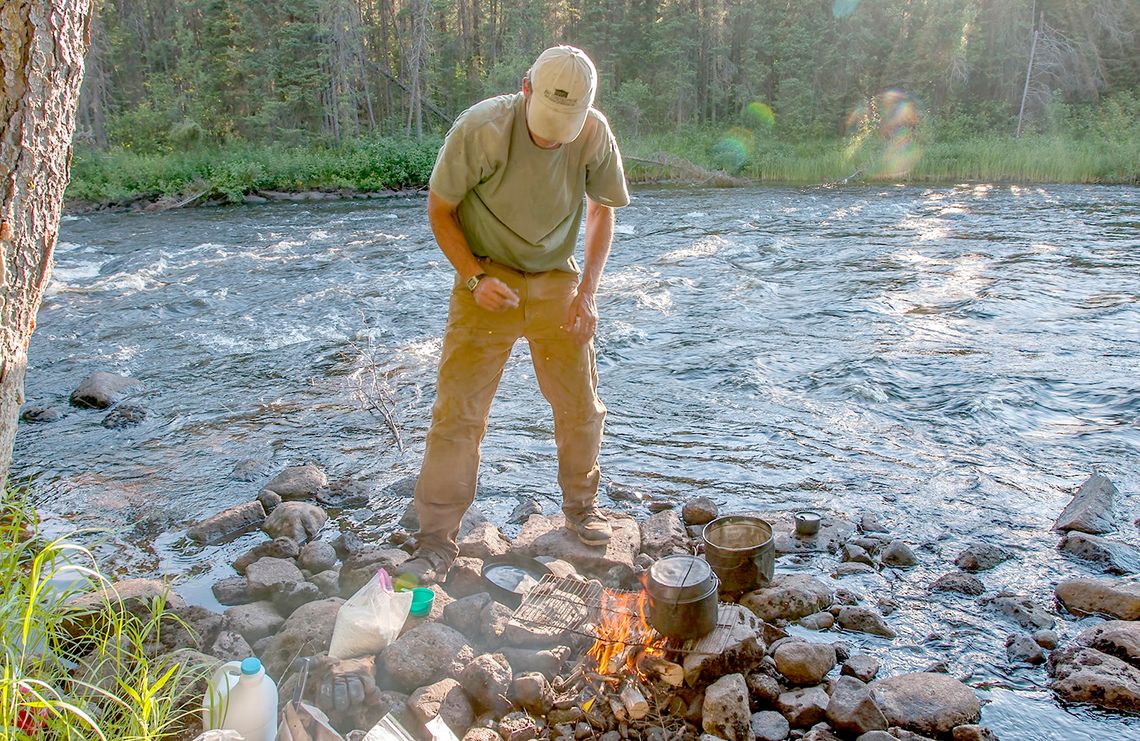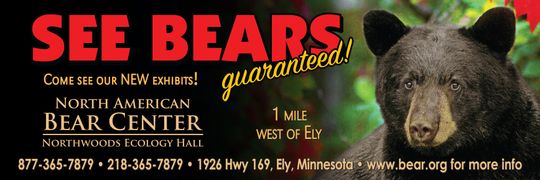My friend Ross Petersen used to say, “If you don’t smell like woodsmoke when you get home, you ain’t really been in the woods!” I must say, I whole-heartedly agree. Aside from an enjoyable day in the back country and the agreeable smell of woodsmoke, it also indicates that you were where you said you were instead of smelling of stale beer, cigarette smoke and strange perfume to those who might be interested!
A campfire in the woods has been a friend to man for tens of thousands of years. A necessity until fairly recently, today it is more of a nicety. With improvements in outdoor clothing and a plethora of efficient and convenient cooking stoves, a fire is no longer a lifesaver while out exploring. It is more of an old-fashioned companion to your experience as you get off the beaten path. That’s not to say that it is obsolete or without value. Quite the opposite.
Take the smell of woodsmoke as an example. I was listening to David Attenborough tell how polar bears can smell their prey up to five miles away. I won’t for a second give my olfactory nodes that much credit, but across a lake or through the woods I can tell someone is in the neighborhood by the smell of their campfire at least a mile away. The odor of pizza doesn’t travel that far! For some reason cool days with a very mild breeze will bring that pleasant aroma for a distance that amazes me. I absorb it; I bathe in it; I let it fill my nostrils and let it remind me of the many pleasant days I’ve had in trips past.
Every kind of campfire has a novel aroma. Pine smells different than hardwood. Wet or damp kindled fires give a different flavor than those burned with dry, seasoned wood. Cedar and alder are distinctive. A large bonfire versus the small flames of a more subdued setting tell different stories. In fact, I know much about a camper by the color and the odor of their smoke well before I arrive near their tent site. A novice will have a heavy cloud of dark, sour smelling smoke because of trying to burn wet or green wood. Either they have not done well with choosing what wood to burn, or they were careless in protecting their wood stash after setting up camp. Experienced campers will make neither of these mistakes.
The ambiance of a fire satisfies not only an emotional comfort, but a link to our primeval past. Many times, I sit next to a fire in the evening to enjoy the warmth and glow and think about the early inhabitants that sat in this same exact place, maybe have the same exact thoughts. I can’t imagine not having a fire when I can and grieving just a little when conditions warrant a fire ban, and I can’t have one.
There are a couple of downsides to a campfire, and I would be remiss if I didn’t include mention of them. One is that a campfire when it’s forty below is only a partial respite from the freezing temps. It doesn’t matter how big a fire I have. If I’m facing it, my bum gets cold. If I’m warming my backside, my nose gets cold. Time to go in the tent and crawl into a sleeping bag!
The other is that I fear the danger of fire. In the BWCA, fires must be contained in the provided grates. There are many reasons for this but the one I respect the most is that fire likes to creep wherever it can. Anywhere else in the SNF or other back country, even when building a fire ring, the blaze wants to escape into the surrounding duff and spread outside of where you are comfortable handling it. If you leave without checking for that you might get surprised. Even in a USFS grate, without thoroughly dousing your fire when done with it, coals can burn for hours and sometimes even days. A breeze can ignite a blaze and sparks can be blown into the surrounding forest. Tom and I would put the coals “to bed” when we were staying a night by covering them with dirt. In the morning, we could stir the dirt and expose the remains and with only a little effort relight the fire by blowing on it and having some kindling ready to go. Campfires must be respected, or the consequences could be brutal!
USFS rules state that only D&D wood – dead and downed – can be used in the BWCA. To find suitable material is not always an easy task. The easy pickin’s near campsites were burned up years ago. I am too often saddened by the stumps left in and around campsites that were the result of green living tress being cut down for firewood. Only laziness
and/or ignorance can account for this. After the work of cutting them down, they burn poorly – and sometimes not at all. Tramping deep into the forest will be often disappointing. Because of the tree cover, downed wood tends to stay wet and becomes unusable rapidly. Paddling the shorelines will usually find the largest supply of dry wood. The sun and the wind quickly dry after a rain and usable firewood can easily be found. Indeed, the best wood out there dots the shoreline in the form of beaver wood. Almost always hardwood – poplar, birch or alder – the large rodents have stripped the bark, allowing a thorough drying to take place. White and most abundant on south and east shorelines, they can be seen for several hundred yards and no cutting needed. Just pick ‘em up! Oh, and an easy trick to tell if a piece of wood is seasoned and will burn well, or wet or punky and won’t. Hit two pieces of wood together. If it goes “clink”, it’s good. If it goes “thunk”, it’s not. Experienced outdoorsmen will know what I’m talking about!
Starting a fire is a craft that can be learned quite easily, if a few simple tricks are used. Birch bark is the best natural fire starter in the northland. It’s everywhere. I watch for it on the ground as I’m going across portages to my destination. Whenever I see some, I pick it up and put it into my pocket. Once at camp, that chore is already taken care of! Even at the most used campsites, a walk to the latrine or short trip into the woods will give you more than you will need. If a dead birch is lying on the ground, the bark will still burn even if the wood is punky. I NEVER take birch bark from standing trees.
The task is best completed by starting with matchstick sized kindling and gradually loading progressively bigger wood onto the fire. All campsites will have lots of small kindling lying on the ground – even near the fire grate. Some people will carve small pieces of wood from wood blocks, and some will even carve out a “fuzz stick”. Either will work well. As the fire gets bigger, be sure you leave some room at the bottom for it to breathe. Oxygen – especially introduced at the bottom of the fire – will help it burn more robustly.
I always get a kick out of You-Tube videos of bushcraft fire starters. They almost always use ferro rods and steel (knife, etc.). It is a great skill to learn and know and I carry one in my emergency kit, but all the guides and experienced outdoorsmen I know will use cheap Bic lighters or matches. So much more convenient. Go ahead and practice your bushcraft skill in case your matches get wet, or you use you lighter, but hey man. Let’s be real!
Cooking over a fire is a skill that takes years to learn. Anyone can build a fire to boil water, and for many campers who rely on dehydrated meals, that can be enough. But if you’re going to cook REAL food – fried fish, steaks, potatoes along with veggies and desserts – learning what woods to use and how to control the heat is a must. For boiling water or cooking meals in a kettle, any wood will work and is one place pine will suffice. Heat is what you’re looking for and dry pine will easily supply enough. Be careful, though. Too high a heat will burn food on the bottom of your kettle while the food at the top will still be cold. If it’s only water, no problem. But if you’re cooking noodles you don’t want to have to scrape burnt spaghetti from the bottom. Take it easy, stir regularly and watch carefully. If there’s too much heat, move the kettle to one side for a bit.
For foods – particularly meat – that are fried in a pan or grilled on the grate, hardwood is the best. Both flavor and heat control will benefit. Hardwood acts a bit like charcoal in your grill at home. The best heat comes after it has burned for a while and has changed to coals. It takes some patience to let this happen but in the long run will give your best results. If I’m frying in a pan, once the coals are set, I can regulate the heat by putting small diameter wood on top of them to put the heat up a few degrees. Fish is particularly sensitive to too much heat or too little. If the oil is too hot, spread the coals and move the pan to one side. If the oil starts to cool, place two or three small pieces of wood onto the coals. It doesn’t take much to bring the oil back to temperature.
If I’m grilling steaks, hamburgers, hot dogs or sausages, let the coals settle. They’ve burned long enough to heat the grate up to give a sear to the meat. Once seared on both sides, it’s easy to finish the job to whatever cooked preference you like.
Another thing to consider is your cookware. I learned early on what an improper fire or not conditioning your pots and pans will result in. Soot easily builds up. Pine and damp wood will make the most soot. It is a bear to get off and makes a mess in your cook kit pack. Many an Ely youngster who worked for an outfitter started out as a pot scrubber. Lowest rung on the outfitting ladder. New pots and pans need to be seasoned. This is usually done by “soaping” the pot with dish soap. Makes it much easier to clean but still leaves a little black that stays for its next usage. After several heatings, the outside looks black but is seasoned and much easier to clean after that. In addition, pots and pans are usually transported in a cloth bag. The inside of the bag gets sooty, but the outside stays clean and won’t dirty up the rest of your kitchen when packed to go to the next campsite. The bags are then washed in their own load to clean them for the next trip.
I love a campfire. It is an integral component of every trip I make. Be sure to enjoy – and respect – your fires when you travel the back country.
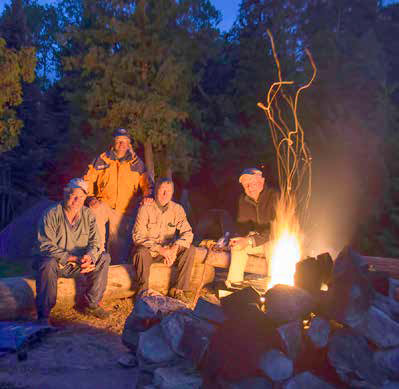
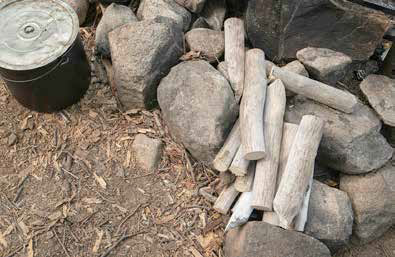
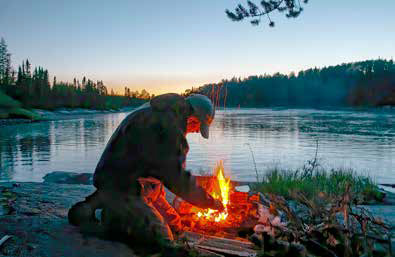
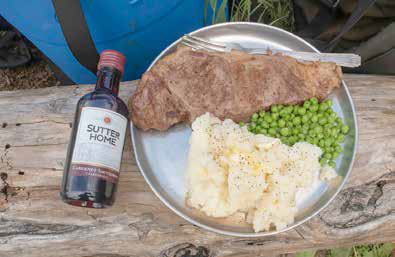
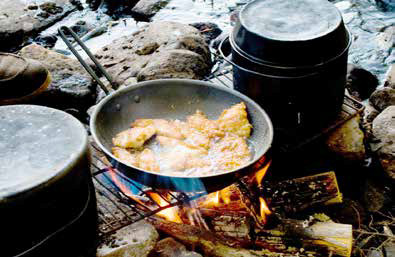
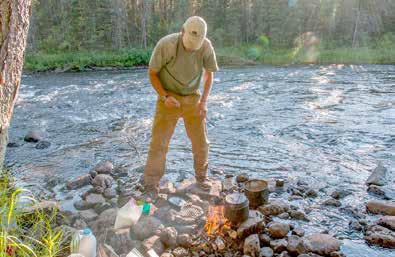
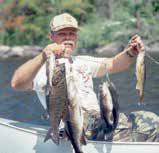
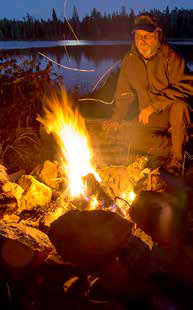
.jpg)
